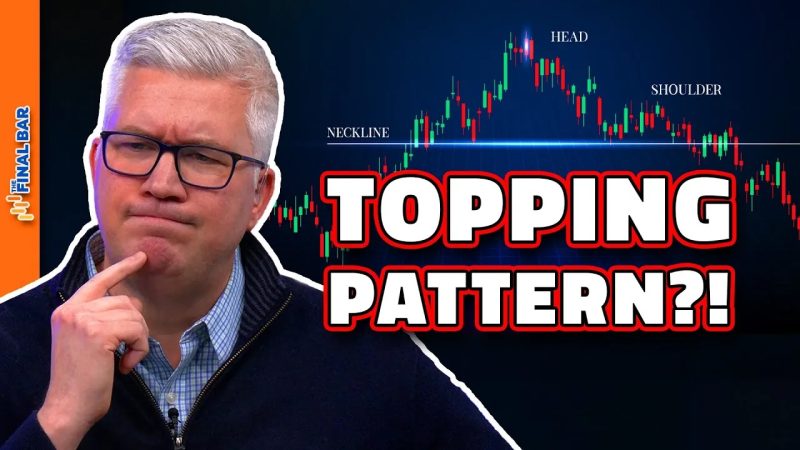A head and shoulders top pattern is a technical analysis charting formation that indicates a potential reversal in trend and can be identified on the price chart of various financial assets, including stocks, commodities, and currencies. When this pattern appears in the chart of semiconductor stocks, it can offer valuable information to traders and investors about potential changes in the stock’s direction.
The head and shoulders top pattern consists of three peaks, with the middle peak (the head) being higher than the other two (the shoulders). The first peak (left shoulder) and the second peak (right shoulder) are roughly equal in height and form smaller peaks on the price chart. The pattern is considered complete when the price breaks below the neckline, a support level connecting the lows of the two troughs that separate the peaks.
In the context of semiconductor stocks, the head and shoulders top pattern can signal a potential shift from a bullish trend to a bearish trend. The formation of this pattern suggests that the stock has reached a peak and may be losing bullish momentum, indicating that a trend reversal could be on the horizon.
Traders and investors can use the head and shoulders top pattern to make informed trading decisions. When the price breaks below the neckline after the completion of the pattern, it is typically seen as a sell signal. Traders may consider taking short positions or closing out long positions to capitalize on the expected downward price movement.
However, it is important to note that the head and shoulders top pattern is not foolproof, and false signals can occur. It is crucial to confirm the pattern with other technical indicators or chart patterns and use risk management strategies to protect against potential losses.
In conclusion, the head and shoulders top pattern is a valuable technical analysis tool that can help traders and investors identify potential trend reversals in semiconductor stocks. By understanding and recognizing this chart pattern, market participants can make more informed trading decisions and manage their risks effectively in the dynamic semiconductor industry.

